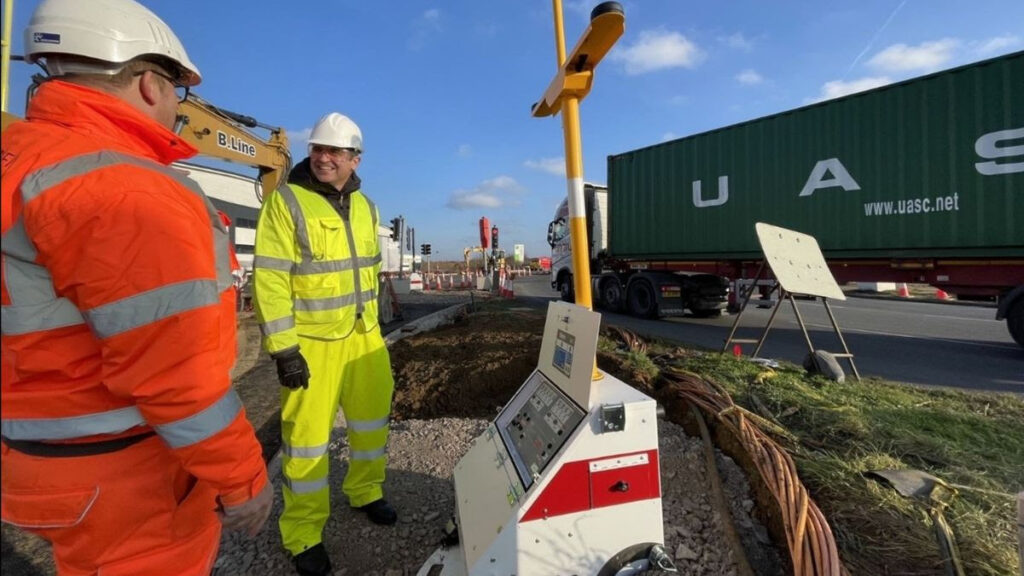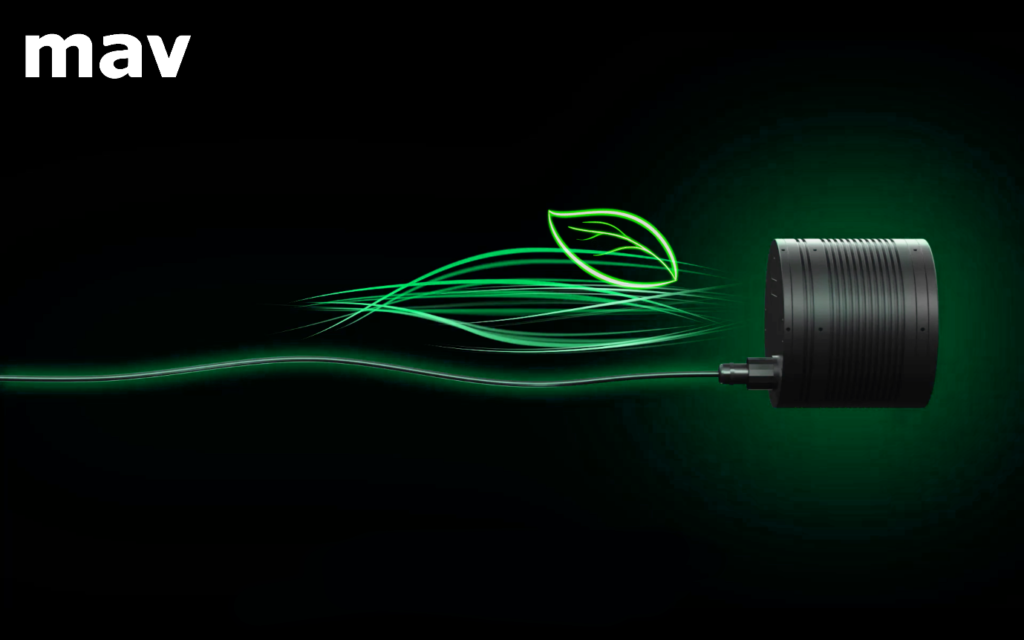Industry, Innovation & Infrastructure
August 2022
Last month we looked at Sustainable Development Goal 4: ‘Quality Education’, highlighting case studies across the group of employees advancing through training opportunities and apprenticeships, and of students of various ages coming to gain work experience. We also shared our new Greener Highways school nomination and several Sustainability Podcast recommendations.
This month we focus on Sustainable Development Goal 9: Industry, Innovation and Infrastructure.
This goal is about building resilient infrastructure, promoting inclusive and sustainable industrialisation, and encouraging innovation. Globally, there is an emphasis on increasing access to financial services and markets, and the internet.
In the UK, we’re looking more at upgrading industries and infrastructures through increasing resource-use efficiency and adopting environmentally sound technologies.
Think along the lines of smarter, more power-efficient intelligent transport systems manufactured using clean energy and responsibly sourced materials…
Our Research & Development
The efficiencies we create, and the nature of our product applications, mean our investment has a direct positive relationship with sustainability. In 2021, The Traffic Group invested over £2 million in research and development on product design.
Here are some examples of our achievements:

The AGD335 – an ultra-low power radar used for vehicle sign activation where solar power provides the sole energy source. This design pulses the radar at 20Hz providing a saving from 100mA to 16mA at 6 Volts (84% reduction).

Extra Low Voltage (ELV) nearside signals using LED technology offered further industry-leading power efficiency with a power reduction down from 22W to only 10W in the AGD94x range of signals.

AutoGreen technology is proven to improve journey times through roadworks by 50% compared to VA.
6 cars waiting for 6 minutes emit 20kg of CO2. Reducing wait times reduces idling cars, which reduces carbon emissions.

We hold 15 patents, with 9 more pending.
This means we have developed brand new technology ourselves and are the only company able to use it. Our library of patents is a testament to the engineering capability and inventiveness that exists across The Group.

Our Battery Monitoring Systems (BMS) discharge batteries equally to increase their longevity and reliability. Furthermore, we are standardising all our latest products with the same high-quality AGM batteries for extended lifetime performance.
The TGS RadioConnect2 has a run time on fully charged batteries of 18 days, reducing the frequency of site visits and depot charging.

The design of the IQ intelligent camera was targeted at low power consumption and achieved an externally verified power consumption that was approximately 1/3rd of the competitors at the time of launch.

What’s New?
TGS has been developing Pro controllers for both the Metro and upcoming Evo1 product ranges. This technology uses Staging and Intergreen times just like permanent signals. This means the signal timings can be more efficient in reducing waiting time for all vehicles and pedestrians.
Studies have shown that on a medium complex junction, 16 seconds per cycle can be saved over traditional portable signals. In carbon terms, this means our Pro lights would reduce the time cars spend idling enough to save approximately one tonne of CO2 per week!
Power efficiency is one of the core design features that MAV works to continuously improve. Less power means less emissions associated with the running of the product, which benefits both our customers’ direct emissions and our indirect emissions – as well as costing less to run of course!

“The MAV Systems IQ range are best in class intelligent ANPR cameras for long range applications. They are eco-friendly with very low power consumption by design.”
This is achieved using unique low-power components and processors, along with significantly reducing the LED illumination time. Overall power consumption is typically less than 12W allowing the camera to be powered from standard POE convertors for a single cable install.
Neil Dillon, MAV Marketing Manager

AGD has been looking to improve the detection accuracy of bicycles and e-scooters stopped at red lights, as well as stationary vehicles. As a result, they have been developing the new AGD650 stop-line detector.
This uses both Artificial Intelligence (AI) and a camera to recognise smaller transport modes waiting at lights, and gives the 650 the capacity to be trained to improve its accuracy. Initial testing has shown a precision accuracy rate exceeding 96% compared to induction loop detectors under the road’s surface. This is fantastic progress towards providing a less disruptive, highly accurate market solution, particularly with the increase in more sustainable modes of transport. The 650 project started in 2019 and is planned to begin production in November.
This will be the first AI-based product available from AGD!
It’s interesting to note that MAV have AI in their camera solutions as well and the design teams have been sharing knowledge on this.
The above image shows how the 650 recognises and differentiates vehicles in the yellow two-wheeled detection zone (front) and 4-wheeled detection zone (rear).

A Beginner’s Guide To…

Scope 1, 2 and 3 Emissions
How do you go about measuring how many greenhouse gas emissions you are responsible for? This is no simple task for just one person, let alone an entire business!
An organisation called the Green House Gas Protocol set out to simplify how a company calculates and reports their emissions. They created 3 categories, or Scopes, which:
a) Help companies know where to look for emission sources, and;
b) Standardise reporting to let companies compare their progress against others.
Let’s take a closer look at each Scope…

Scope 1
These are direct emissions, meaning they are from company-owned resources. We are in direct control of the emissions source.

Scope 2
These are indirect emissions, meaning we are one step away from the emissions source, but only emissions from the generation of purchased electricity.

Scope 3
These are all other indirect emissions linked to business operations, such as those associated with waste and the transportation of incoming stock items and outgoing products. There are 15 categories in total, with three common examples shown here.
Reporting on Emissions
Large UK companies are required to report on their scope 1 and 2 emissions, and we have opted to do the same. Scope 3 is harder to calculate, so our plan is to slowly incorporate Scope 3 categories in our emissions reporting.
To find out more about the three scopes, visit: https://ghgprotocol.org/